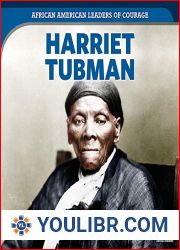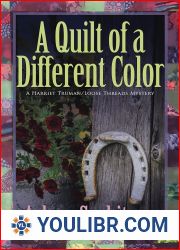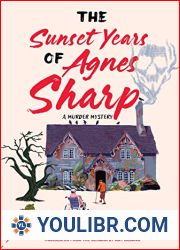
BOOKS - Agnes of Sorrento By: Mrs. Harriet Beecher Stowe: Novel (World's classic's)


US $8.86

350478

350478
Agnes of Sorrento By: Mrs. Harriet Beecher Stowe: Novel (World's classic's)
Author: Harriet Beecher Stowe
Year: January 1, 1862
Format: PDF
File size: PDF 940 KB
Language: English
Year: January 1, 1862
Format: PDF
File size: PDF 940 KB
Language: English
The scene is laid in central Italy during the time of the infamous Pope Alexander VI. (from 1492 to 1503). Agnes is the daughter of a Roman prince who secretly marries, and then deserts, a girl of humble parentage. The young mother dies of grief, and Elsie, the grandmother, takes Agnes to Sorrento, where she lives by selling oranges in the streets. Her beauty and her purity attract to her many lovers, worthy and unworthy, and involve her in many romantic and dramatic incidents.... Harriet Elisabeth Beecher was born in Litchfield, Connecticut, on June 14, 1811. She was the seventh of 13 children born to outspoken Calvinist preacher Lyman Beecher and Roxana (Foote), a deeply religious woman who died when Stowe was only five years old. Roxana's maternal grandfather was General Andrew Ward of the Revolutionary War. Her notable siblings included a sister, Catharine Beecher, who became an educator and author, as well as brothers who became including Henry Ward Beecher, who became a famous preacher and abolitionist, Charles Beecher, and Edward Beecher. Harriet enrolled in the Hartford Female Seminary run by her older sister Catharine, where she received a traditional academic education usually reserved for males at the time with a focus in the classics, including studies of languages and mathematics. Among her classmates was Sarah P. Willis, who later wrote under the pseudonym Fanny Fern. In 1832, at the age of 21, Harriet Beecher moved to Cincinnati, Ohio to join her father, who had become the president of Lane Theological Seminary. There, she also joined the Semi-Colon Club, a literary salon and social club whose members included the Beecher sisters, Caroline Lee Hentz, Salmon P. Chase (future governor of the state and Secretary of Treasury under President Lincoln), Emily Blackwell and others. Cincinnati's trade and shipping business on the Ohio River was booming, drawing numerous migrants from different parts of the country, including many free blacks, as well as Irish immigrants who worked on the state's canals and railroads. Areas of the city had been wrecked in the Cincinnati riots of 1829, when ethnic Irish attacked blacks, trying to push competitors out of the city. Beecher met a number of African Americans who had suffered in those attacks, and their experience contributed to her later writing about slavery. Riots took place again in 1836 and 1841, driven also by native-born anti-abolitionists. It was in the literary club that she met Calvin Ellis Stowe, a widower who was a professor at the seminary. The two married on January 6, 1836. He was an ardent critic of slavery, and the Stowes supported the Underground Railroad, temporarily housing several fugitive slaves in their home. Most slaves continued north to secure freedom in Canada. The Stowes had seven children together, including twin daughters..............














































